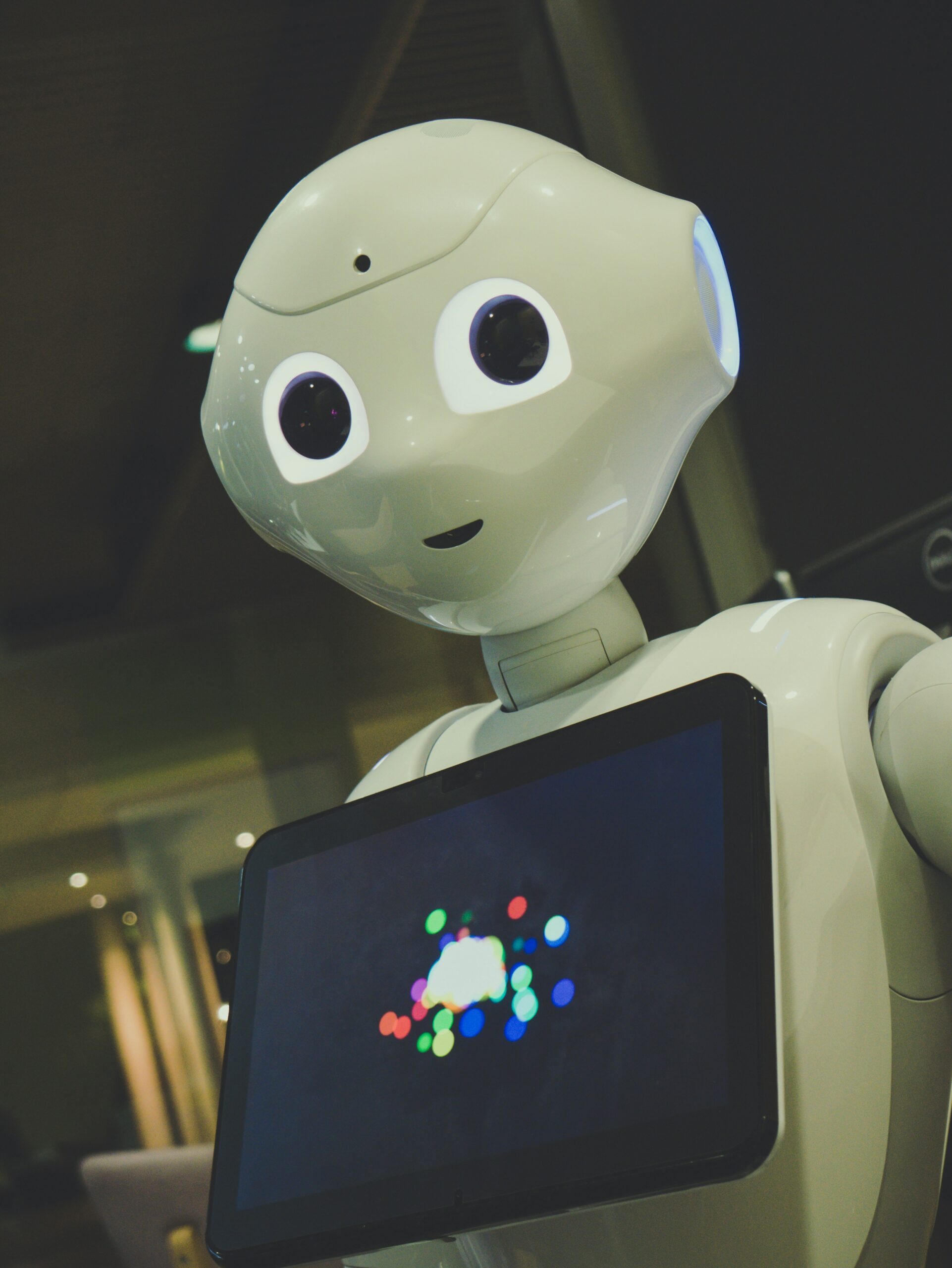The Advancements in AI and GenAI
Artificial Intelligence (AI) has come a long way in recent years, and with the emergence of GenAI, the possibilities are even more exciting. GenAI, short for Generative AI, is a branch of AI that focuses on creating new content, such as images, music, and even text, that is indistinguishable from human-created content.
One of the major advancements in AI is the ability to process and analyze vast amounts of data in a short period of time. This has opened up new opportunities in various fields, including healthcare, finance, and transportation. AI algorithms can now detect patterns and make predictions with a high degree of accuracy, leading to improved decision-making and efficiency.
GenAI takes this a step further by leveraging deep learning techniques to generate new content. For example, it can create realistic images of objects or scenes that don’t actually exist. This has applications in fields like video game design, where developers can generate new characters and environments without the need for human artists.
Another area where AI and GenAI are making a significant impact is in natural language processing. Language models like GPT-3 can generate coherent and contextually relevant text, making them useful for tasks like writing articles, answering questions, and even composing music. This has the potential to revolutionize content creation and automate repetitive tasks.
Despite these advancements, it’s important to note that AI and GenAI are still not perfect. There are ethical concerns surrounding the use of AI, such as bias in algorithms and the potential for job displacement. It’s crucial that we continue to develop and use AI responsibly, ensuring that it benefits society as a whole.
In conclusion, the advancements in AI and the emergence of GenAI have opened up new possibilities in various fields. From improved decision-making to content generation, these technologies have the potential to revolutionize the way we live and work. However, it’s important to approach these advancements with caution and ensure that they are used in an ethical and responsible manner.

